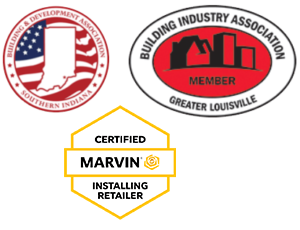Types of Glass Doors and How to Use Them to Enhance Your Living Space
Entry Doors
An entry door (often called the front door) usually faces the street and is the main entrance to a house. Door designs for modern or contemporary homes include narrow stiles and rails with large glass expanses, while other designs are more classic and may have traditional lines with wider stiles and rails, ogee sticking, and grille patterns on the glass. Or you might explore an entry door coupled with sidelights and an overhead transom. Many glass options are available, including clear, obscure, decorative and art glass. The style and design choices are practically limitless.

Interior Doors
One often overlooked design choice is using glass for interior doors within a home. They can add a more modern element to the aesthetic of a living space. They can also be a great choice in more traditional designs. One of our favorite configurations we’ve installed included double doors with glass panels to create a closed, quiet office space, while retaining existing light and openness between the private space and adjoining room.
Bi-fold Doors
Bi-fold doors have multiple panels hinged together to open and close like an accordion, which is why they’re also referred to as folding or accordion doors. These doors are great for spaces with stunning views, or for indoor/outdoor spaces. We recently installed a bi-fold door between an open kitchen concept room and a screened porch. During good weather conditions, the living space is doubled for this Louisville family. They also close the doors and let the teenagers use the screened porch while the parents enjoy the adjoining room. If you have plenty of room, bi-fold doors can span widths up to 55’ feet, making a truly dramatic statement.
Sliding Doors
These doors, built with one or more door panels that slide open on a bottom track or from hanging rollers on the top, include barn doors, French doors, pocket doors, lift and slide doors and multi-slide doors. Unlike doors that swing open, sliding door panels stack, which makes them perfect for narrow rooms like balconies or patio-facing rooms where inside furniture might be in the way. They can be as simple as a two-panel patio slider or as complex as a full wall of moving glass. Below you’ll find a video of one of our recent sliding door projects, which consisted of bi-parting panels with adjacent fixed panels to save floor space. As you will see, these doors provide easy access to the deck—and a beautiful view from inside.
Multi-Slide Doors
A sliding door with multiple moving panels that either stack or conceal in a wall pocket when open is called a multi-slide door. They add an expansive view to huge openings, with options available over 50’ feet in width and 12’ tall. Some are even available with push-button motorized operation for ease of use. While standard sliding doors are great for replacement projects, multi-slide doors are best suited to new construction projects or large-scale remodels, due to structural requirements.

Swinging Doors
The swinging door is the most common door style, featuring one or more hinged panels that swing open and closed. An outswing door swings away from the house while an inswing swings in. There are millions of design options, depending on material, functionality, and design. They look right at home in traditional architectural settings as well as more contemporary settings. For smaller spaces, a single-hinged glass door might be the right choice while double doors can create a more elegant entrance for larger rooms.
Lift and Slide Doors
Lift and slide doors create a wall of glass for wonderful views, with the added benefit of easy, weightless movement due to an operating mechanism that lifts the door panels off the bottom tract. These doors are available in dozens of configurations, fitting openings as wide as 47’ and 12’ high. Panels can stack in full view or be concealed within a wall pocket. Lift and slides are the perfect combination of functionality and beauty—easy to use and a joy to behold!

As you can see, no matter what you have in mind, there’s a door with glass panels to match your vision. If you’d like to meet with one of our window and door specialists to discuss how a glass door might take your project to the next level, give us a call today at 502-822-5424 or send us an email to set up your free in-home, no-obligation consultation.



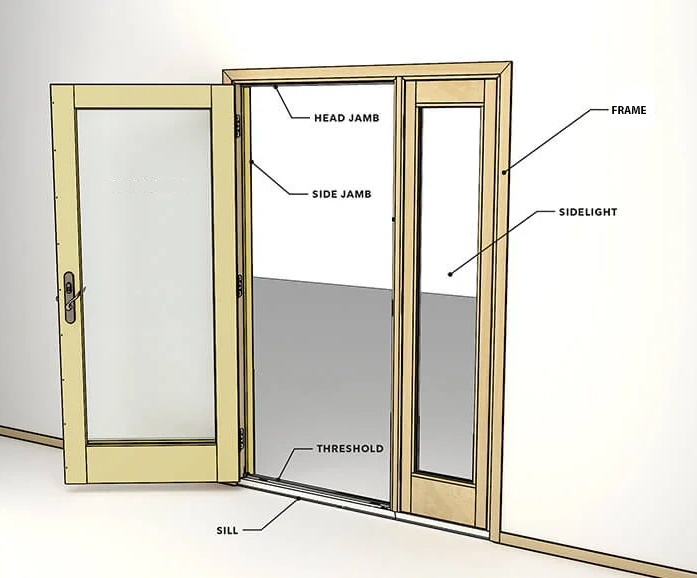

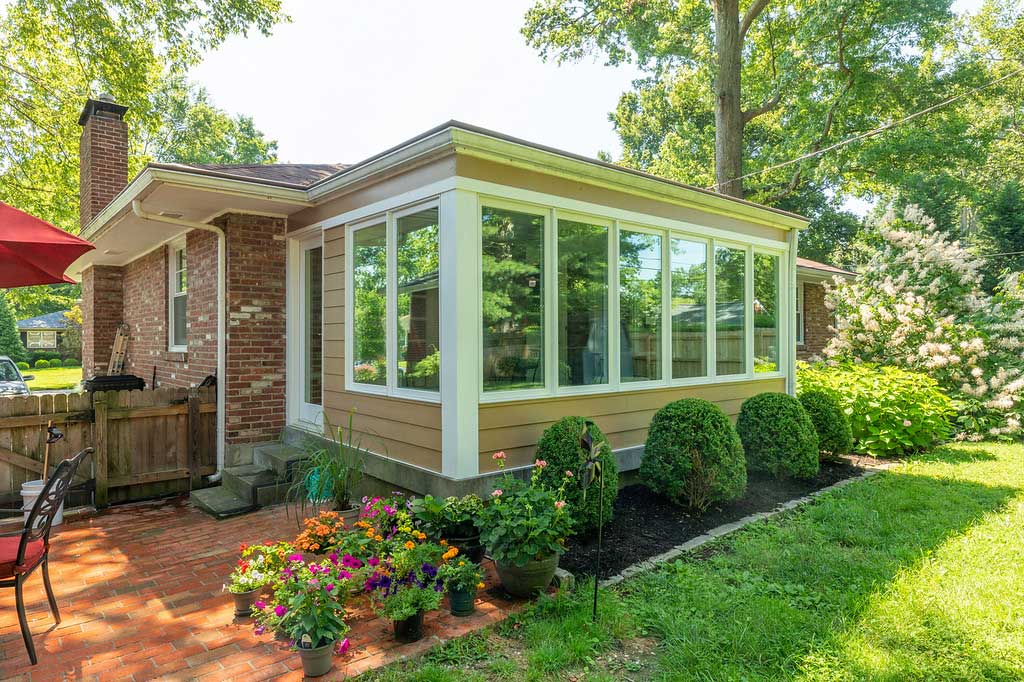
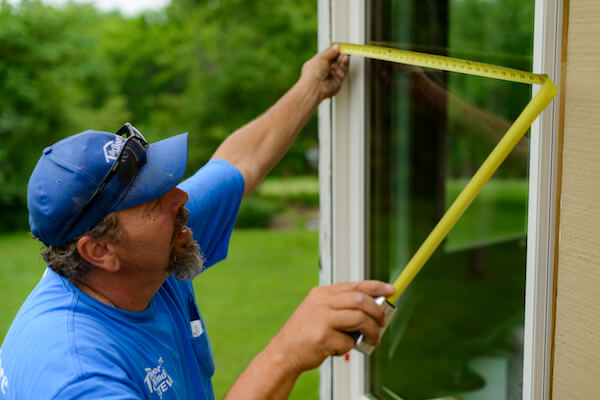

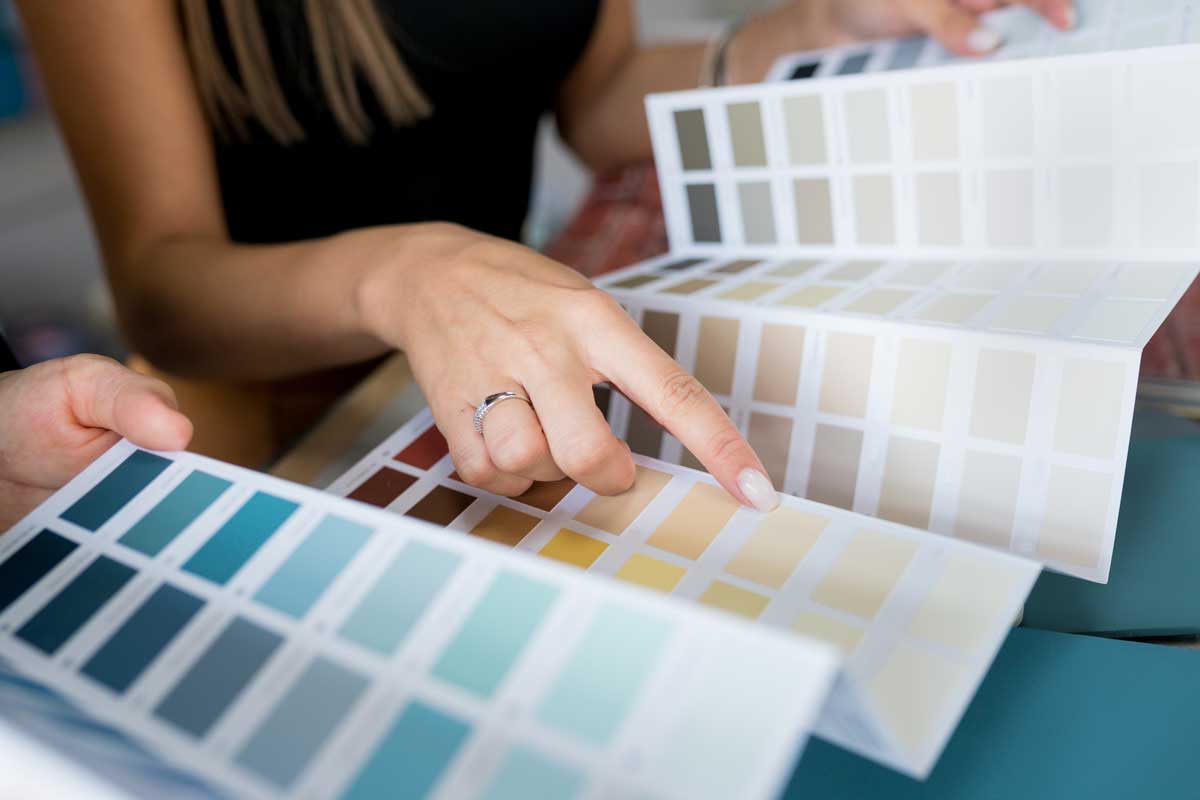
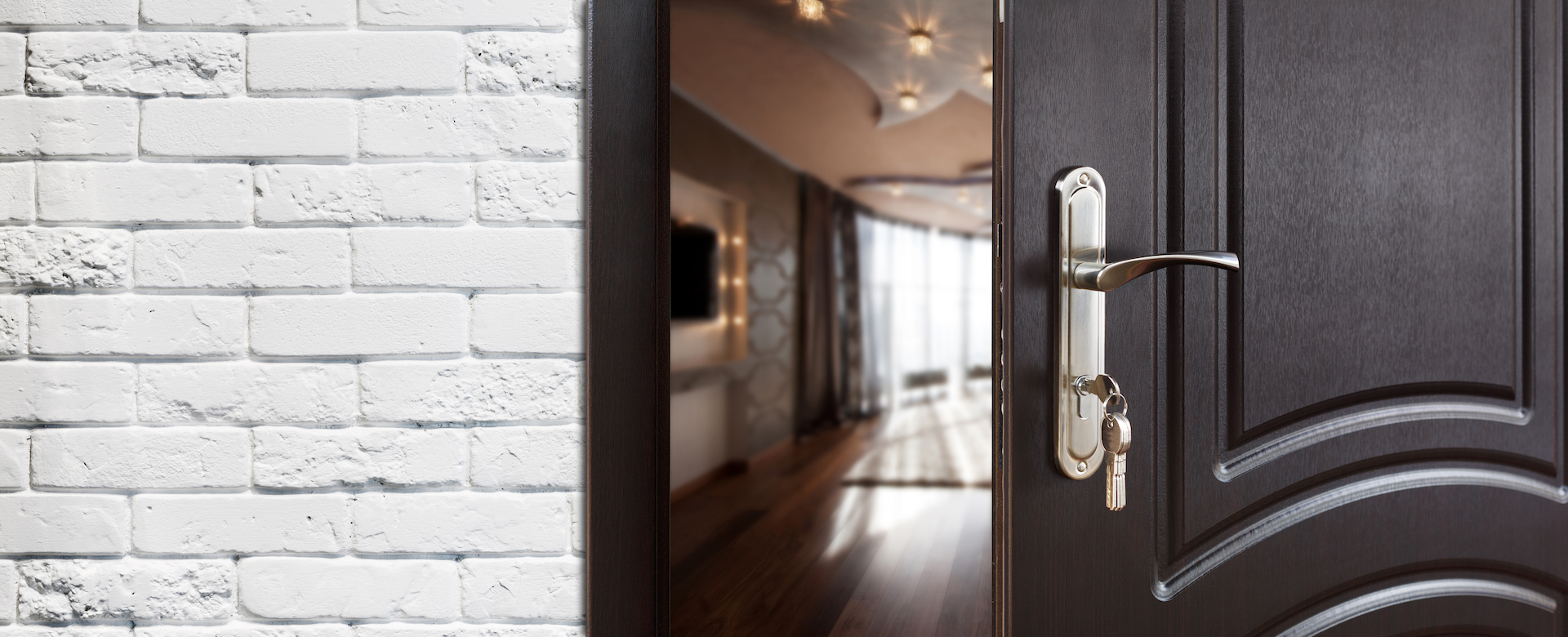
 Kentuckiana is our community! We’re locally-owned and operated, not a franchise, so you get attentive, local service.
Kentuckiana is our community! We’re locally-owned and operated, not a franchise, so you get attentive, local service.